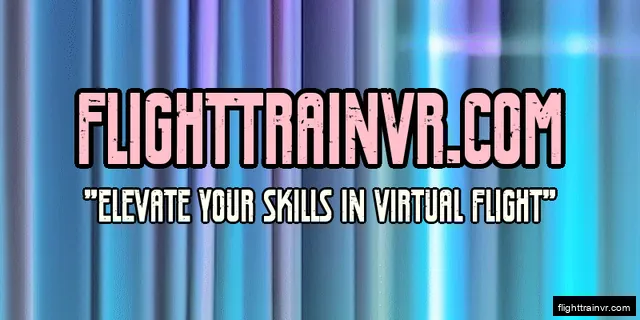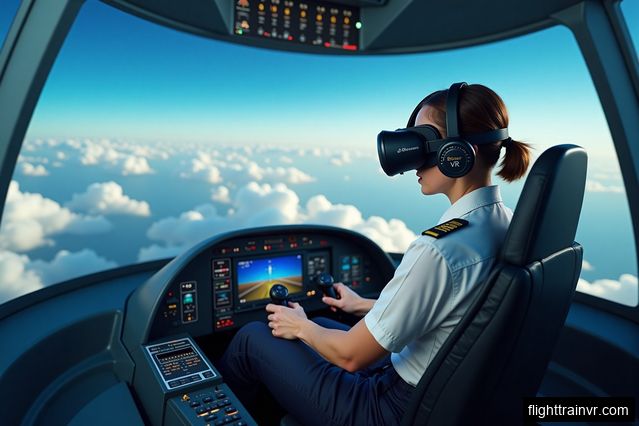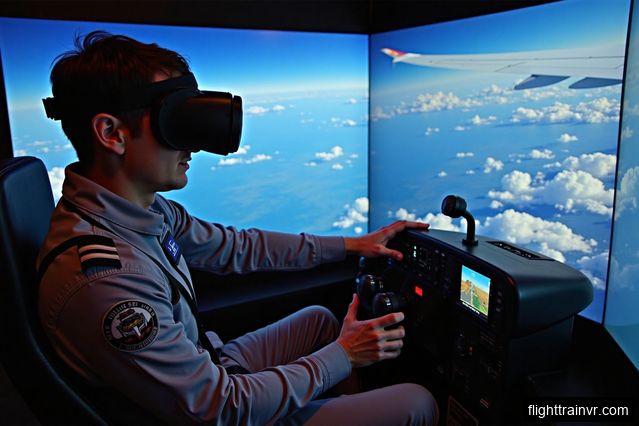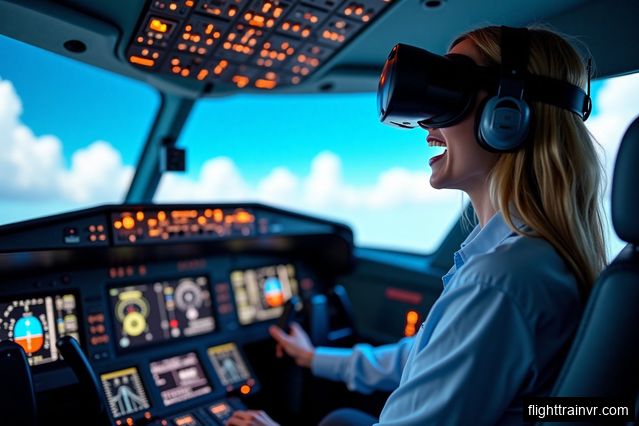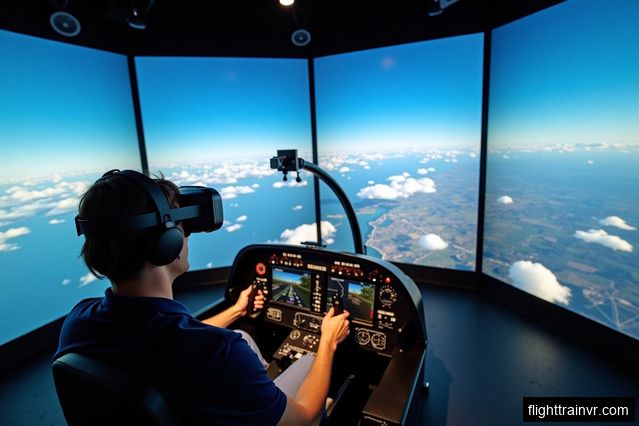Enhancing Flight Training through Virtual Reality
Flight training has evolved significantly in recent years, thanks to the integration of virtual reality (VR) technology. VR offers a realistic and immersive training experience that can enhance the skills and knowledge of aspiring pilots. By simulating various flight scenarios and environments, VR allows trainees to practice and refine their skills in a safe, controlled, and cost-effective manner.
Realistic Simulations for Skill Development
One of the key advantages of VR in flight training is the ability to create highly realistic simulations. Trainees can experience the look, feel, and even the sounds associated with flying an aircraft. From cockpit controls to weather conditions, every aspect is accurately reproduced, enabling trainees to develop the necessary skills and muscle memory required for successful flight operations.
Cost-Effective Training Solutions
Traditional flight training can be expensive, with the need for actual aircraft, fuel, and maintenance costs. Virtual reality offers a cost-effective alternative by eliminating the need for physical resources. Trainees can access a wide range of aircraft models and scenarios without incurring additional expenses. This affordability makes flight training more accessible to aspiring pilots, reducing financial barriers and increasing opportunities for skill development.
Flexible Training Environments
Virtual reality provides the flexibility to create diverse training environments. Trainees can practice flying in different weather conditions, airports, and airspace scenarios. They can also experience emergencies and critical situations, allowing them to develop problem-solving skills and decision-making abilities. The ability to customize and replicate various flight scenarios enhances the effectiveness of training programs, ensuring pilots are prepared for real-world challenges.
Advancements in VR Technology
Virtual reality technology continues to advance rapidly, bringing new possibilities to flight training. Improved graphics, realistic physics simulations, and enhanced motion tracking capabilities contribute to a more immersive and authentic experience. The integration of haptic feedback devices further enhances the training by providing physical sensations and feedback, such as vibrations and pressure, to simulate real-world flight conditions. These advancements push the boundaries of what is possible in virtual reality flight training.
Collaborative Learning and Assessment
Virtual reality also facilitates collaborative learning and assessment among trainees. Multiple individuals can participate in the same virtual training environment, allowing for team-based exercises and communication. Instructors can observe and provide real-time feedback, enhancing the learning process. Additionally, VR technology enables detailed performance analysis, capturing trainees' actions and movements for comprehensive assessment and evaluation.
The Future of Flight Training
As virtual reality technology continues to advance, its role in flight training is set to expand further. The immersive and interactive nature of VR creates an engaging learning experience that can accelerate skill development and improve safety in aviation. With ongoing advancements, virtual reality has the potential to become an integral part of pilot training programs worldwide, revolutionizing the way aspiring pilots acquire the necessary knowledge and skills to navigate the skies.
Final Thoughts
Virtual reality has ushered in a new era of flight training, offering a transformative and effective approach to skill development. The power of virtual reality lies in its ability to create realistic simulations, provide cost-effective solutions, and enable collaborative learning. As technology continues to evolve, virtual reality will undoubtedly shape the future of flight training, ensuring that pilots are well-prepared and equipped to navigate the skies safely and confidently.
